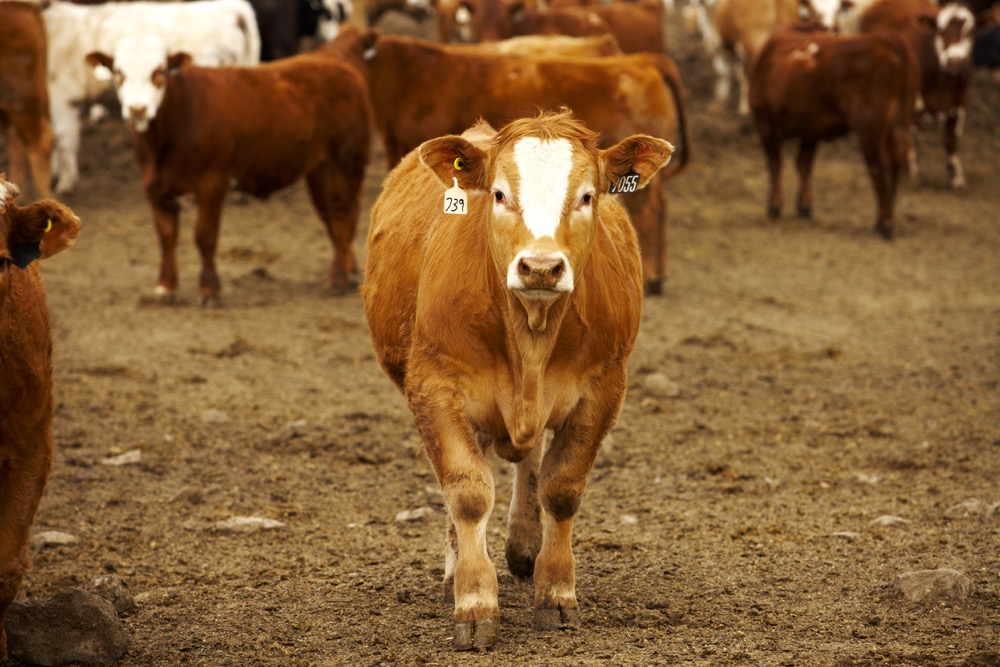New technologies are sexy if they meet three criteria: they open doors to new and wonderful things, they are disruptive, and they are profitable. Genomics is proving to be one of the sexiest technologies in history. All living things are based on DNA and so genomics, the study and manipulation of that DNA, can have an impact on all of life. How does the beef industry fare?
Genomics is firmly established in some sectors of agriculture, with dairy being a good example. Traditional genetic improvement using pedigrees and performance records has allowed milk production to triple in the past decades. By using genomics, or the study of the DNA of individual animals, an impressive rate of progress is appearing and now includes several more important traits.
Read Also

What to know before you go to Agribition 2025
If you’re attending Agribition 2025, this is the place to find out about tickets, dates and what’s happening this year.
Genomics can benefit farmers directly. With just a DNA sample you can identify bad recessive genes that put an animal on your list to be culled, and identify the parentage and understand the level of hybrid vigour in an animal due to heterozygosity or lack of inbreeding.
When DNA results are married to a traditional system of genetic evaluation you get to evaluate animals at a younger age since you don’t need as much information on the animal’s own production or that of its daughters in the case of milk. The evaluations are more accurate, and are now available for new and important traits.
Over the past two years there have been discussions within the Canadian beef industry about an initiative that would help realize the potential of genomics. This really isn’t a choice anymore, since competing proteins are well down the genomics road, making their products more desirable and affordable for consumers. The only real question is how to get it going in the beef sector.
Often times, genomics within the beef industry is compared with the dairy sector. That is an interesting, but dangerous comparison. Simple comparisons could send the beef sector down the wrong road (see table below). Many of the elements needed for the benefits of genomics to be realized differ greatly between the sectors.
The beef sector needs genomics to compete. Getting there will not be sexy. There are many deficiencies that need to be addresses and a lot of work be done. What will it take?
All sectors must acknowledge that their futures are codependent… one does not survive let alone thrive without the others. Successful implementation of genomics is part of that equation. This will require an entirely new way of working together.
Everyone along the supply chain needs to capture and share data including pedigree, reproduction, weights, health, feed intake, detailed (camera) carcass data. DNA samples need to be collected and analyzed as well.
There is still critical research that needs to be done with a focus on the barriers identified above. A critical component will be knowing how individual (SNP) differences affect merit for traits by breed.
A new leadership model among vested parties will need to emerge. This is difficult since no single entity will be able to take on that role.
The whole beef industry must catch up in making genomics an integral part of the entire beef supply chain. That in turn will begin the transformation to a value chain in which data, market signals and increased profitability are shared amongst everyone. To fail to do so would mean continued struggles and diminishing share of consumer protein purchases.
Mike McMorris is the general manager of BIO based in Guelph, Ont.

















